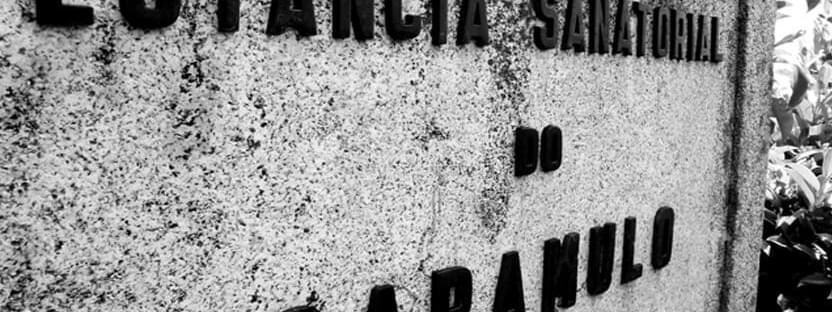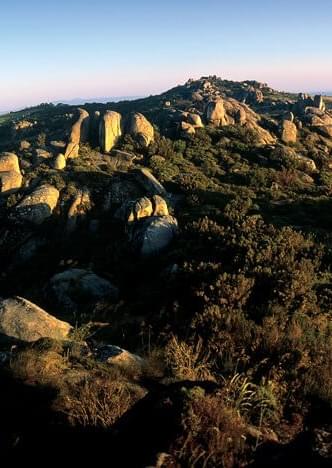It has a deeply interesting history shaped by a visionary man, Jerónimo Lacerda, who would carry a true revolution in this pleasant town, beautifully nested at the heart of a dazzling natural landscape.
The sanatoriums of Caramulo
You can still hear today the sounding silence of most of the old sanatoriums of Caramulo, known in the past as the most famous sanatorium resort of the whole Iberian Peninsula. In the critical times of the tuberculosis, patients came here to breathe the “fresh air” of this amazing mountain.
The town of Tondela, located at a 800m height, at the heart of Caramulo Mountain had as much as 20 sanatoriums working, which meant a fluctuating population of more than a thousand persons.
The oldest sanatorium – Grande Sanatório – opened its doors in 1922, created by a society led by doctor Jerónimo de Lacerda, a distinguished characer of that time. Several others were created afterwards, but the clinical control was a responsability of the Great Sanatorium.
Caramulo
Founded in 1921 by the initiative of a doctor called Jerónimo Lacerda, on the south slope of Caramulo Mountain, Caramulo sanatorium resort would become the greatest health resort in Portugal and in the Iberian Peninsula. This resort had unique infrastructures in the country, such as piped water in the houses, sewage network, waste collection and own electricity network.
In 1922, through the creation of Sociedade do Caramulo, founded two years before by Jerónimo Lacerda (born in 1889 in Coimbra and graduated by the Univeristy of Coimbra with the final evaluation of 19 – in a 1-20 scale) along with other personalities, the Hotel do Caramulo was built. The opening of this hotel led to the creation of almost 20 sanatoriums. The eradication of tuberculosis in the 70’s of the 20th century led to a growing downfall of Caramulo.
In Europe and after World War II, there was the notion that spaces should be wide and airy, well-exposed to sunlight, thus creating conditions for the treatment of diseases like tuberculosis or Vitamin D-deficiency. It is because of this world vision that straight line buildings with roofs in form of terrace, wide balconies and galleries were built in Caramulo.
Also worth highlighting is the Art Déco design style, spread by a new generation of architects that turned Caramulo into an especially elegant health resort: the example of the Chapel of Nossa Senhora da Esperança and several country houses built upon the mountain slope in the zone known as Fonte dos Amores – Love Fountain – where the families of doctors and the medical staff lived: doctors, pharmacists and sanatorium managers.
The landscape is also influenced by a certain nationalistic feeling brought by Raul Lino with the typical “Portuguese house”, pretty much to the taste of the dictatorship of Salazar and the ascending elites.
António Oliveira Salazar, who was a friend of the founder of Caramulo sanatorium resort, Jerónimo Lacerda, and António Ferro were some of the personalities who went regularly to Caramulo.
If the doctor Jerónimo de Lacerda was a pioneer in the creation of a model town for that period by implementing: a water supply system; electricity supply through an own dam; sewage network with waste water treatment plant; waste collection system with a crematory oven and a lot of gardens and green ares, as never seen before, his sons Abel and João Lacerda would give Caramulo an international projection.
Photo credits © Filipe Fernandes




